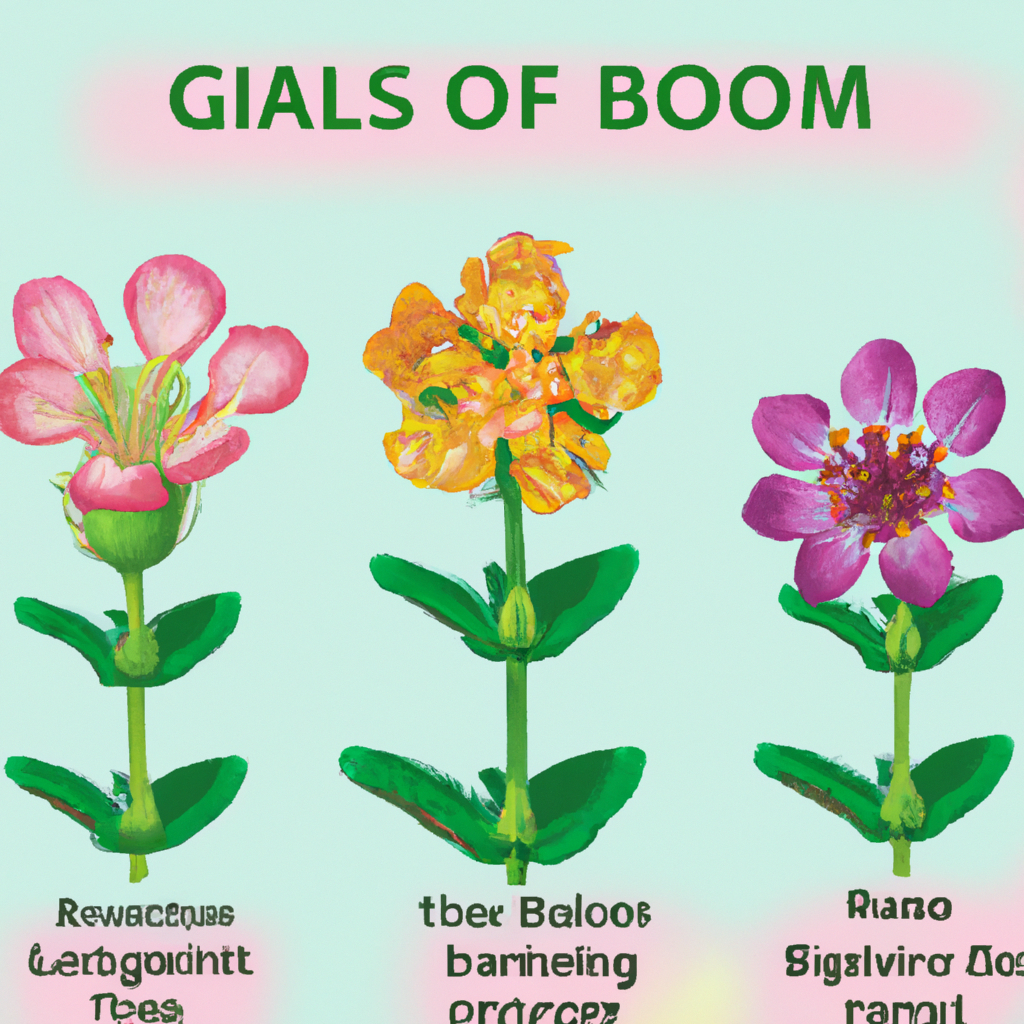Understanding the Basics of Flower Growth
Flower growth is a fascinating process that begins with a seed and ends with a blooming beauty that captivates the eye and often the nose. Understanding the basics of how flowers grow can enhance both your gardening skills and your appreciation for these remarkable plants. In this article, we will explore the critical stages of flower development, important growth factors, and some tips to enhance flowering.
The Growth Cycle of Flowers
The growth cycle of flowering plants, also known as the life cycle, consists of several stages:
1. Germination:
Flower growth begins with seed germination. A seed needs water, oxygen, and the right temperature to break dormancy and start germinating. The seed then develops a root system that anchors it into the soil and starts absorbing water and nutrients.
2. Vegetative Growth:
After germination, the plant enters the vegetative stage where it focuses on growing roots, stems, and leaves. During this phase, the plant undergoes photosynthesis to convert sunlight into the energy it needs for growth and development.
3. Flowering:
The vegetative phase is followed by the flowering phase, which can be triggered by various factors such as day length, temperature, and plant maturity. During this stage, the plant develops buds that eventually bloom into flowers. The primary function of flowers is reproduction.
4. Pollination and Fertilization:
Pollination occurs when pollen from the stamens, the male part of the flower, is transferred to the pistil, the female part of the flower. This can be done through wind, water, or pollinators like bees and butterflies. After pollination, fertilization occurs which leads to the production of seeds.
5. Seed Dispersal and Dormancy:
Once the seeds are developed, they are dispersed by various means such as wind, water, or animals. Seeds typically go into a period of dormancy where they remain inactive until conditions are favorable again for germination, completing the cycle.
Factors Influencing Flower Growth
Several environmental and biological factors affect the growth and health of flowering plants:
Light:
Light is crucial for photosynthesis, the process by which plants make their food. The amount, quality, and duration of light all play roles in the growth and flowering of plants.
Water:
Adequate watering is essential for healthy plants. Both overwatering and underwatering can lead to poor plant health and reduced flowering.
Temperature:
Most plants have a specific range of temperatures in which they thrive. Extreme cold or heat can inhibit their growth and flowering ability.
Soil Quality:
Good soil quality, rich in organic matter and with proper drainage, is critical for the health of flowering plants. The soil should also be correctly pH-balanced according to the needs of the specific plant species.
Nutrients:
Flowers require several key nutrients to flourish, including nitrogen, phosphorus, and potassium. These can be supplied through natural soil fertility or the addition of fertilizers.
Tips for Enhancing Flowering
To maximize your garden's flowering potential, consider the following tips:
- Pruning: Regular pruning helps to encourage flowering by removing old, dead, or diseased parts of the plant, allowing for healthier growth.
- Choosing the Right Plant: Select plant varieties that are well-suited to your garden's climate and soil conditions.
- Fertilization: Use a balanced fertilizer that includes all the necessary nutrients for flower development.
- Water Management: Implement consistent watering practices, making adjustments based on weather conditions to avoid water stress.
- Pest and Disease Control: Monitor plants regularly and take prompt action to control any outbreaks of pests or diseases.
By understanding the basics of how flowers grow and the factors affecting their health and development, gardeners can better care for their plants and enjoy a more vibrant and fragrant garden. Happy gardening!
Shop our selection of flowers today. We grow our own to make it affordable for you.
